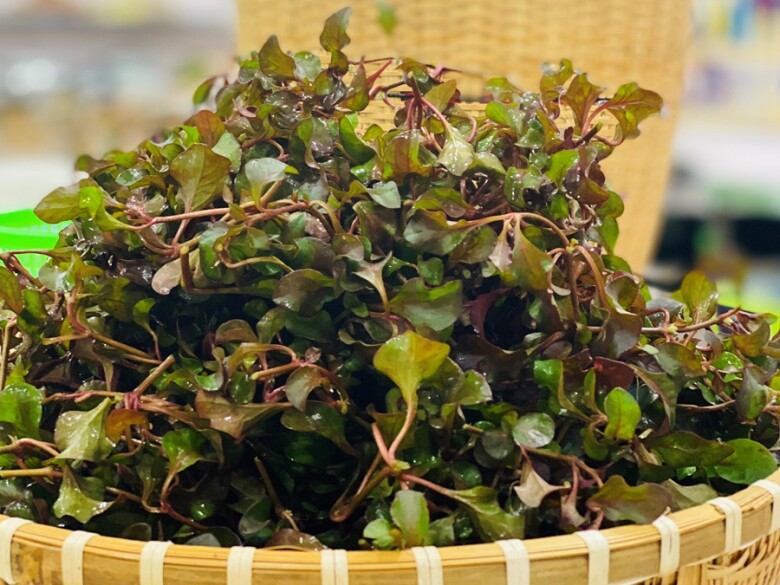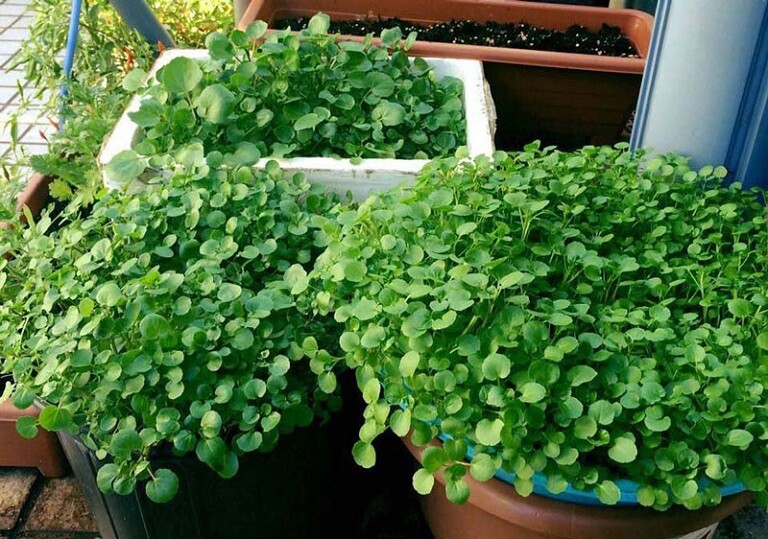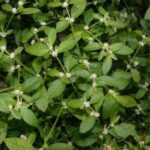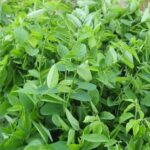Watercress: A Nutritional Powerhouse with Ancient Roots
Watercress, a vegetable with roots in Europe and Central Asia, has made its way to Vietnam, where it was once considered a wild plant growing by riverbanks and was primarily fed to pigs. Today, it is cultivated across the country and has gained recognition for its nutritional benefits.

Watercress, a versatile vegetable.
Watercress comes in several varieties, including watercress (Nasturtium officinale), the traditional type often grown in water or moist soil and known for its pungent, spicy flavor; land cress (Barbarea verna), which grows on land and has deep green leaves with wavy edges; and Japanese watercress (Mizuna) – a hybrid variety with uniquely shaped leaves often used in salads.
This vegetable is incredibly versatile and can be prepared in a multitude of ways, including stir-frying, boiling, hot pot, soup, and even salads.

Delicious watercress dishes.
Not only is watercress delicious, but it is also packed with essential nutrients. Specifically, 100g of watercress contains: 93g of water, 1.7-2g of protein, 0.2-0.3g of fat, 3-4g of carbohydrates, 0.8-1g of fiber, and a good amount of vitamins A, B1, B2, and C, as well as various minerals. It is also a good source of iron, calcium, and folic acid.
As a result, watercress tops the list of the 41 most nutritious vegetables in a ranking by the CDC in the United States, scoring a perfect 100/100. It surpasses even popular superfoods like kale, spinach, and broccoli.

Japanese watercress.
Additionally, watercress is rich in antioxidants such as quercetin and PEITC (phenylethyl isothiocyanate), which have been studied for their potential cancer-fighting, anti-inflammatory, and liver-detoxifying properties.
Since ancient times, watercress has been used medicinally, dating back to the Greeks, who employed it to treat coughs, colds, asthma, arthritis, and digestive issues. In traditional Chinese medicine, watercress is classified as a cooling herb with a spicy flavor, known for its diuretic, heat-clearing, detoxifying, and liver-cooling properties.
Modern research has also indicated that watercress may help lower bad cholesterol, stabilize blood pressure, and prevent osteoporosis due to its high calcium content. It is also believed to promote healthy skin and combat aging.

Growing and Caring for Watercress at Home
Watercress is an easy-to-grow vegetable that can be harvested in as little as 25-30 days after planting. This makes it an excellent choice for home gardeners, even if you only have a balcony or rooftop space.
There are two main methods for growing watercress: terrestrial cultivation and hydroponics. For terrestrial cultivation, all you need is a plastic tub or flower pot with drainage holes at the bottom. Fill the container with a mixture of soil, rice husk ash, and a small amount of NPK fertilizer. Ensure the soil is loose and airy, free from rotten roots or uncomposted leaves.
Scatter the seeds on top and cover them with a thin layer of soil. Keep the soil moist by misting it once or twice a day. Within 25 to 30 days, you can start harvesting by cutting the tops or trimming the roots to encourage new growth.

For hydroponic cultivation, line a plastic tub with black plastic film and drill holes in the lid to hold the plastic baskets. Prepare mature watercress stems with roots and place them in a hydroponic nutrient solution, keeping the air pump running 24/7. In 3 to 4 weeks, the plants will be ready for harvest. You can cut the tops or stems, leaving the roots intact for continuous growth.

Regardless of the method chosen, watercress is relatively pest-free and low-maintenance. As long as it receives adequate moisture and moderate sunlight, it will thrive.






































